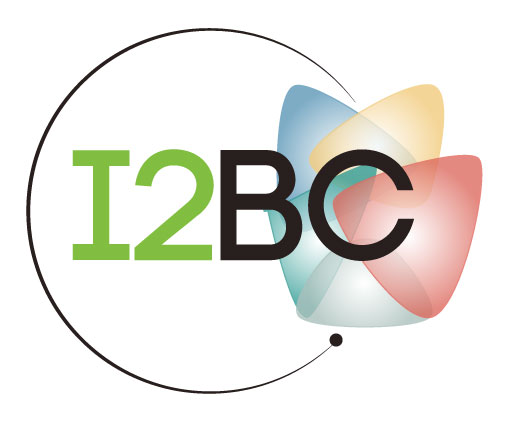Low-boiling-point perfluorocarbon nanodroplets for adaptable ultrasound-induced blood-brain barrier opening
Résumé
Low-boiling point perfluorocarbon nanodroplets (NDs) are valued as effective sonosensitive agents, encapsulating a liquid perfluorocarbon that would instantaneously vaporize at body temperature without the NDs shell. Those NDs have been explored for both therapeutic and diagnostic purposes. Here, phospholipid-shelled nanodroplets containing octafluoropropane (C 3 F 8 ) or decafluorobutane (C 4 F 10 ) formed by condensation of microbubbles were thoroughly characterized before blood-brain (BBB) permeabilization. Transmission electron microscopy (TEM) and cryo-TEM were employed to confirm droplet formation while providing high-resolution insights into the droplet surface and lipid arrangement assessed from electron density observation after condensation. The vaporization threshold of NDs was determined with a high-speed camera, and the frequency signal emitted by the freshly vaporized bubbles was analyzed using cavitation detection. C 3 F 8 NDs exhibited vaporization at 0.3 MPa (f 0 = 1.5 MHz, 50 cycles), and emitted signals at 2 f 0 and 1.5 f 0 from 0.45 MPa onwards (f 0 = 1.5 MHz, 50 cycles), while broadband noise was measured starting from 0.55 MPa. NDs with the higher boiling point C 4 F 10 vaporized at 1.15 MPa and emitted signals at 2 f 0 from 0.65 MPa and 1.5 f 0 from 0.9 MPa, while broadband noise was detected starting from 0.95 MPa. Both ND formulations were used to permeabilize the BBB in healthy mice using tailored ultrasound sequences, allowing for the identification of optimal applications for each NDs type. C 3 F 8 NDs proved suitable and safe for permeabilizing a large area, potentially the entire brain, at low acoustic pressure. Meanwhile, C 4 F 10 droplets facilitated very localized (400 μm isotropic) permeabilization at higher pressure. This study prompts a closer examination of the structural rearrangements occurring during the condensation of microbubbles into NDs and highlights the potential to tailor solutions for different brain pathologies by choosing the composition of the NDs and adjusting the ultrasound sequence.
| Origine | Fichiers produits par l'(les) auteur(s) |
|---|

